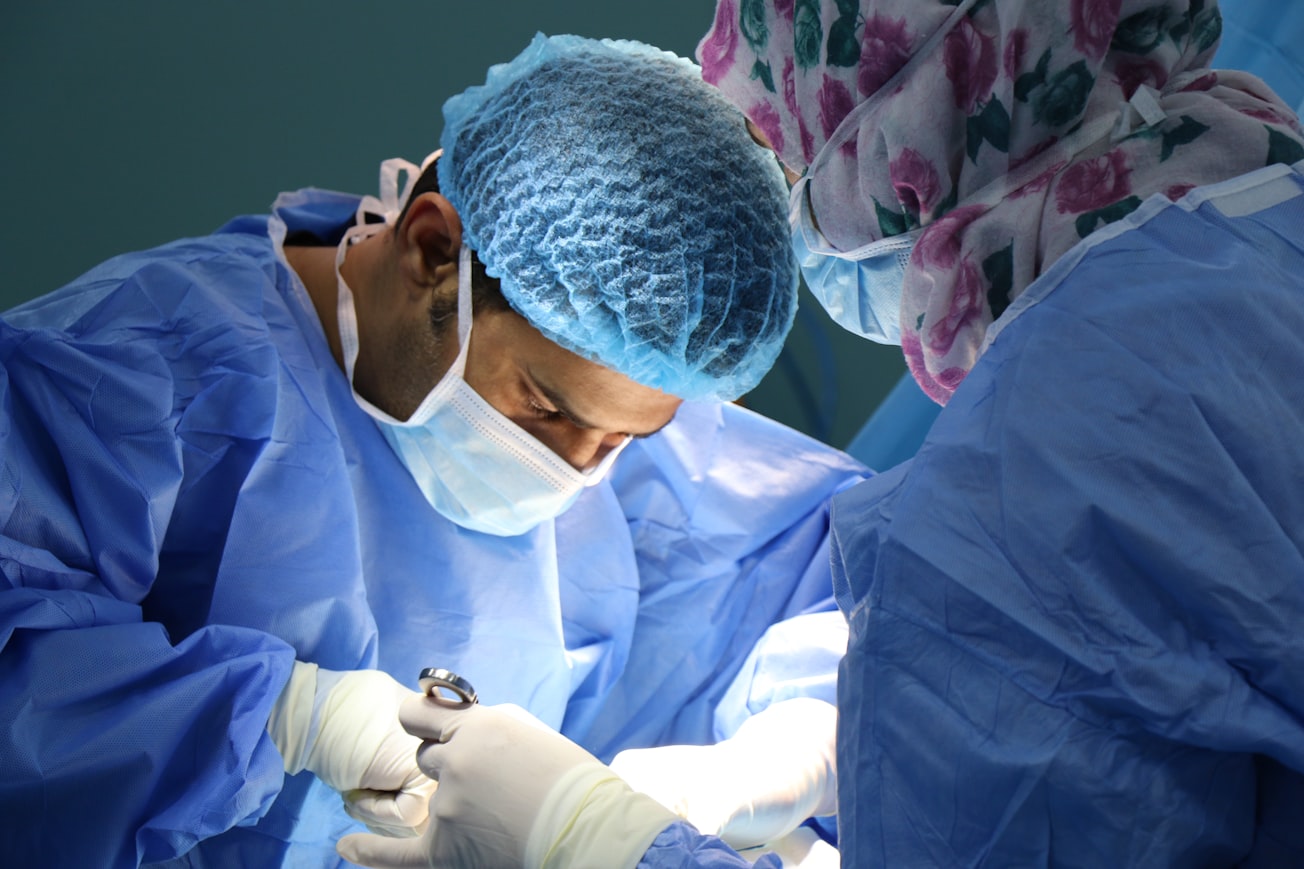What is it about?
A group of participants who routinely work in an equine veterinary hoispital had bacterial counts of their hands monitored before and after using alcohol and chlorhexidine. Counts were examined Immediately and two hours later. The experiment was performed with firstly with participants starting with grossly clean hands, and the a second trial hands contaminated with equine faeces.
Featured Image

Photo by JAFAR AHMED on Unsplash
Why is it important?
Pre-surgical hand preparation with alcohol is regarded as the gold standard in human surgery. However, uptake is relatively slow in an equine veterinary environment; thought to be due to concerns about effectiveness and challenges of a equine hospital setting (i.e. clinicians multitasking, dirty patients). This study shows excellent action of alcoholeqiuvalent to traditinal chlorhexidine scrubbing even when heavily hands are heavily contaminated prior to preparation.
Perspectives
Alcohol performed as well as chlorhexidine despite heavily contaminated hands prior to preparation. With the many other well published benefits of an alcohol based system this should encourage their use in equine practice.
Ralph Edwards
Universiteit Utrecht
This fundamentally clinical research demonstrates the importance of periodically evaluating our clinical approaches, and using evidence based medicine to inform and improve practice.
Professor Christopher B Riley
Massey University
Read the Original
This page is a summary of: Comparison of an alcohol-based hand sanitation product with a traditional chlorhexidine hand scrub technique for hand hygiene preparation in an equine hospital, New Zealand Veterinary Journal, July 2017, Taylor & Francis,
DOI: 10.1080/00480169.2017.1342175.
You can read the full text:
Contributors
The following have contributed to this page







